Introduction
As an online shopper, you will find yourself surrounded by an ecommerce AI chatbot on every website you go to.
Businesses are using ecommerce AI chatbot for instant and personalized customer support. Ecommerce AI chatbots also improve the overall customer experience. by providing fast and efficient service.
Hence, ecommerce AI chatbot have become an essential tool. They help answer questions, guide users through the buying process, and provide personalized product recommendations. Ecommerce AI chatbot ensures that customers receive timely support, increasing satisfaction and loyalty. Moreover, they operate 24/7, providing 24/7 service without human intervention.
If you are backing off thinking it's tough to implement, then you are wrong. Continue reading to learn the easy way to implement an ecommerce AI chatbot in your business.
The Power of Ecommerce AI Chatbot
Imagine having a helpful assistant available around the clock, not just any assistant, but one who knows your business inside out. That's the magic of an ecommerce AI chatbot. It's like flipping on a switch to a more dynamic, engaging online store. Let's explore why they're changing the game.
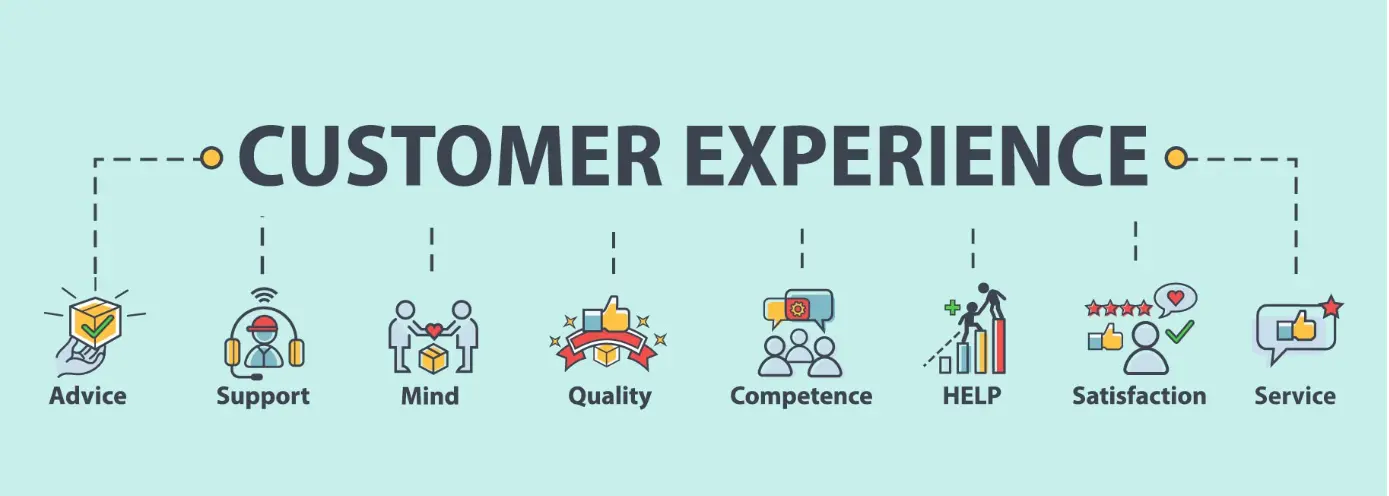
Enhance Customer Experience (CX) 24/7
An Ecommerce AI Chatbot, like BotPenguin, enhances customer experience (CX) by offering 24/7 support, ensuring instant assistance at any time. Whether answering queries, guiding product selections, or resolving issues, this ecommerce AI chatbot meets customer needs promptly, boosting satisfaction and loyalty while easing the workload on human support teams.
Boost Sales and Conversions
An Ecommerce AI Chatbot can significantly boost sales and conversions by engaging customers in real time, offering personalized product recommendations, and guiding them through the purchase process. By responding instantly to customer inquiries and addressing concerns, these chatbots reduce cart abandonment rates and drive more successful transactions, ultimately leading to higher revenue for businesses.
Improve Efficiency and Reduce Costs
An Ecommerce AI Chatbot improves efficiency and reduces costs by automating repetitive tasks like answering FAQs, processing orders, and handling customer inquiries. This automation frees up human staff to focus on more complex tasks, reducing operational costs and increasing overall productivity, all while maintaining high levels of customer service.
Gather Valuable Customer Data
An Ecommerce AI Chatbot gathers valuable customer data by tracking interactions, preferences, and behaviors during conversations. This data provides insights into customer needs and trends, helping businesses tailor their marketing strategies, improve products, and deliver more personalized experiences, ultimately enhancing customer satisfaction and driving growth.
How to Implement an Ecommerce AI Chatbot in Your Business?
Below is a step-by-step guide on setting up, training, and integrating an ecommerce AI chatbot
Step 1
Define eCommerce AI chatbot Goals and Functions
Identify the key tasks it should perform. These include answering customer queries, recommending products, and assisting with transactions. This will help guide the development process and ensure that the chatbot aligns with your business goals.
Step 2
Identify Your Target Audience
Understanding who you’re talking to helps tailor your ecommerce AI chatbot's tone and functionality. It’s like knowing you’re speaking to an old friend; you know what they like and how they talk.

Step 3
Determine Core Chatbot Functions
Ask the question, “What do you need your ecommerce AI chatbot to do?” Whether it’s answering customer queries, helping find products, or offering personalized shopping advice, defining its role is crucial.
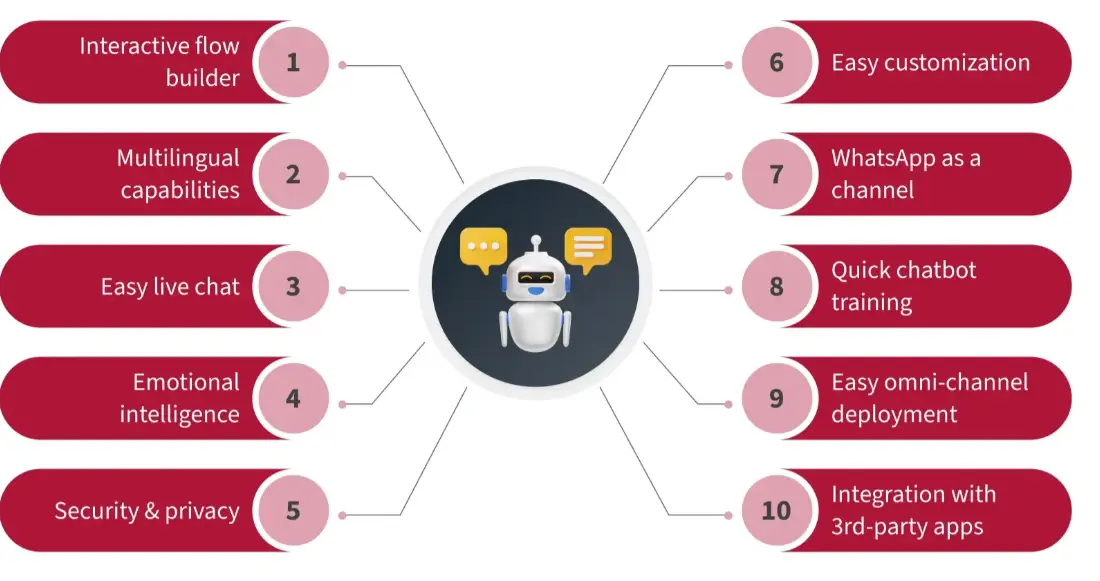
Step 4
Set Goals and KPIs (Key Performance Indicators)
Setting clear goals and how to measure them guides your ecommerce AI chatbot's journey from a cool idea to a valuable business asset. It's about plotting a course and following the stars to reach your destination.
Step 5
Choose a Good Platform for Chatbot Development
Picking a chatbot developer is like choosing a new friend for your business. You want someone reliable, smart, and able to understand what you need, especially when you're diving into the world of ecommerce AI chatbot solutions. Here are the key things to mull over when making your choice.
Whether your choice is scalable, easy to use, and versatile also plays a role.
Experience and Expertise in Your Industry
First off, consider their know-how. Have they built an ecommerce AI chatbot before? It’s like picking a team player with the right set of skills for the game. You want someone who gets the rules and knows how to play to win. Like BotPenguin's ecommerce AI chatbot has good experience in the field of ecommerce chatbots.
Portfolio of Successful Chatbot Projects
Next, sneak a peek at their past work. A solid portfolio of ecommerce AI chatbot projects shows they’re not just talking. You're looking for proof they can walk the walk and deliver results that sparkle.
Development Approach and Timeline
Understand how they do what they do. Are they the planning type, mapping out every detail? Or do they dive straight in? Knowing their style and how long they’ll take can help you see if they fit with your timeline and expectations.
Cost and Pricing Structure
Let's talk numbers. Quality doesn’t always come cheap, but you shouldn't have to break the bank either. Getting a clear picture of the costs upfront helps avoid surprises down the line. Like BotPenguin's ecommerce AI chatbot costs as low as $5.
The Chatbot must work with Existing Platforms
This integration will enable the chatbot to access real-time data, provide personalized recommendations, and automate routine tasks like order processing.
Step 6
Ongoing Management and Optimization
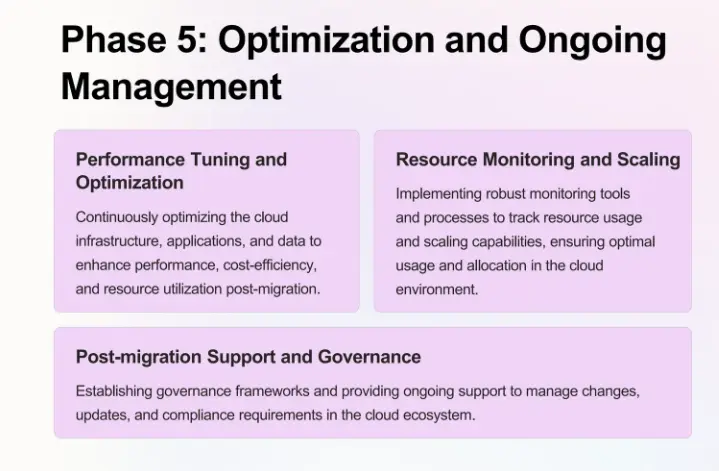
Creating an ecommerce AI chatbot isn’t a one-time deal. To stay top-notch, it needs care and tune-ups, just like keeping a car running smoothly.
Collecting User Feedback and Analyzing Performance Data
Firstly, keep an ear to the ground. Collecting feedback and data tells you how your eCommerce AI chatbot's doing from the people who matter most – your users. It's like listening to the crowd's cheers or boos and knowing what to tweak.
Refining Chatbot Responses and Adding New Features
With insights in hand, it's time to refine and expand. Updating responses and throwing in new features keep your ecommerce AI chatbot fresh and helpful.
Staying Updated with the Latest Chatbot Technologies
The digital world moves fast. Staying in the loop with the latest in ecommerce AI chatbot use cases and technologies means your chatbot won’t get left in the digital dust. It’s about keeping your edge sharp in a competitive arena.
Choosing the right chatbot developer and nurturing your ecommerce AI chatbot over time are critical steps to ensure it delivers the value you’re looking for. With the right partnership and ongoing optimization, your chatbot can become a key player in your business's success.
Step 7
Training and Testing Your ecommerce AI Chatbot
Before your ecommerce AI chatbot meets your customers, it needs a bit of schooling. This means getting it ready by training and testing until it's sharp.
Test its integration with external systems to ensure a smooth user experience. Continuously monitor the chatbot's performance. Let’s break down how to groom your chatbot for success.
Train the AI Engine
Training isn't just for pets; your ecommerce AI chatbot needs it too. Feed it lots of data, from product details to customer FAQs. Imagine it's absorbing knowledge like a sponge, getting smarter with every piece of information.
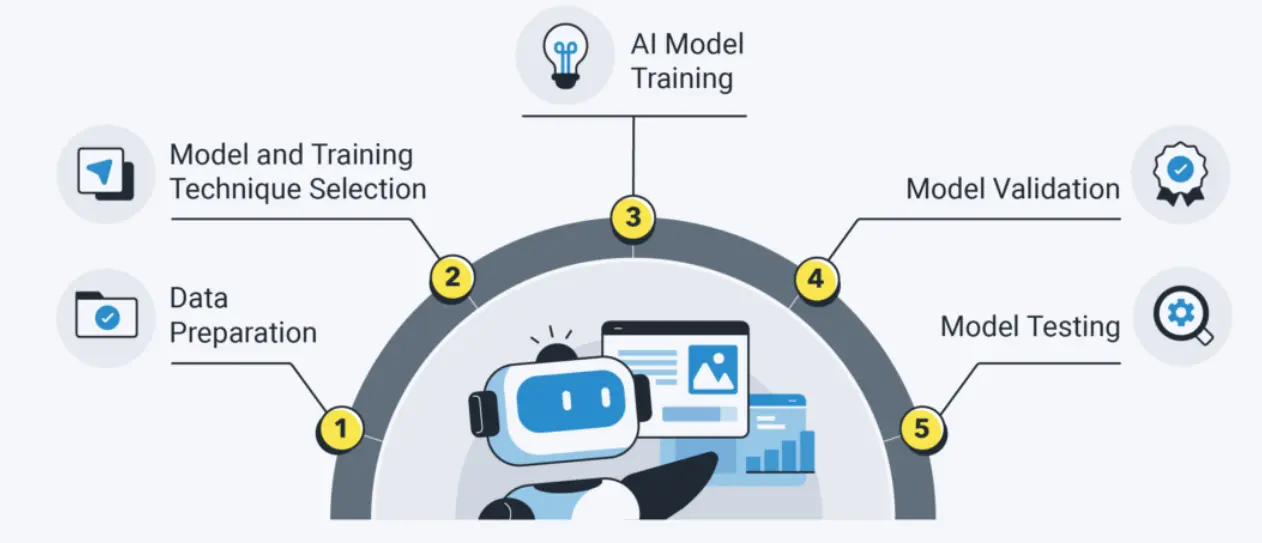
Test Different Scenarios and User Inputs
What if someone asks your chatbot a curveball question? Make sure it can handle it. Test your chatbot with every possible scenario you can think of. Think of it as a rehearsal before the big show.
Refine Responses and Conversation Flow
No one likes a clunky conversation. Sharpen your chatbot’s responses, make them crisp and clear. If the chat flows smoothly, your customers will stick around to chat a little longer.
Train the Chatbot with Relevant Data and Scenarios
This helps its ecommerce effectiveness. The Ecommerce AI Chatbot can learn from previous historical datasets and use NLP techniques to respond better.
Suggested Reading:8 Best E-Commerce Chatbots For Your Business
Step 8
Launching and Monitoring Your ecommerce AI chatbot
Now that your ecommerce AI chatbot is trained and ready, it's showtime. Launching is just the beginning; keeping an eye on its performance is where the real work starts.
Do PR for your latest Ecommerce AI Chatbot addition
Shout it from the rooftops! Okay, maybe just from your website and social media platforms. Make sure your customers know there’s a new way to interact. Fun posts, catchy tweets? All fair game to get the word out.
Track User Engagement and Performance
Now that your ecommerce AI chatbot is live, keep tabs on it. How many people are using it? What are they asking? Tracking these details helps you understand how well it’s doing its job.
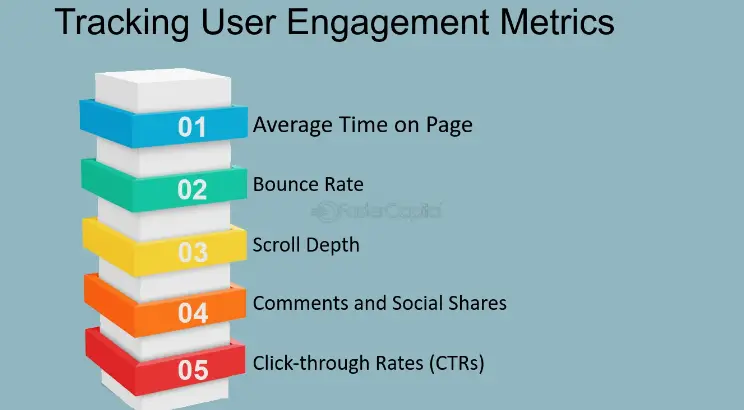
Gather Customer Feedback and Continuously Improve
After your chatbot has been in the game for a while, ask your customers how it’s doing. Think of it as a tune-up for your hardworking chatbot.
In the world of online shopping, your ecommerce ai chatbot can do wonders if set up and looked after properly. Training, testing, launching, and upgrading—keep these steps in mind, and your chatbot will be a beloved part of your ecommerce team.
Advanced Strategies for ecommerce AI Chatbot Success
To make your ecommerce AI chatbot shine, you’ve got to go beyond the basics. Let’s dive into some game-changing strategies.
Leverage Personalization with Customer Data
Imagine your ecommerce AI chatbot greeting you by name and knowing what you like. Sounds good, right? To make this happen, use the data your customers share. It’s like having a chat with a friend who knows you well. This way, your chatbot can suggest products that your customers are more likely to buy.
Utilize AI for Upselling and Cross-Selling
Your ecommerce AI chatbot isn’t just there to answer questions; it can be a sales superstar. Understanding what a customer is looking for, can suggest a slightly better option (upselling) or recommend additional products (cross-selling). This isn’t about pushing sales, but about offering value. It’s like when a waiter suggests a dish that pairs well with your order.
Integrate Chatbots with Live Chat for Complex Inquiries
Sometimes, a customer has a question that’s too tricky for your ecommerce AI chatbot. When this happens, seamlessly passing the conversation to a human agent can make a world of difference. It combines the best of both worlds: the efficiency of AI chatbots for ecommerce and the personal touch of human service.
Challenges and Limitations
Along with the many benefits of ecommerce AI chatbot, they also come with some challenges and limitations. Some of these challenges and how to resolve them are:
Initial setup costs
Deploying an ecommerce AI chatbot requires initial setup costs that can be quite expensive. These costs include creating the chatbot, connecting it to existing systems, and training it to understand and answer customer questions.
To overcome this challenge, you need to carefully budget and plan for the setup costs. This is the key to a successful implementation.
The Need for Continuous Improvement
One of the biggest challenges of using an ecommerce AI chatbot is the need for continuous improvement. Customer needs and preferences are constantly evolving, as are AI technologies. This means that chatbots need regular updates and improvements to stay relevant and effective.
To overcome this challenge, you need a team that monitors your ecommerce AI chatbot. The team will collect user feedback and make the necessary changes to improve it.
Handling complex queries
Another challenge for businesses when using AI chatbots for e-commerce is handling complex queries. Chatbots are good at answering common questions. However, they can run into issues with complex or unusual questions.
Ensuring data protection
Data protection is crucial when using an ecommerce AI chatbot. Customers expect their information to be secure.
To achieve this, rigorous security measures are essential. Companies also need to be transparent about how data is used. Compliance builds trust.
Conclusion
In conclusion, ecommerce AI chatbots are essential for today’s online businesses. They provide fast, personalized customer support 24/7. These intelligent assistants make it easier to interact with your customers. They also improve the shopping experience by suggesting products and answering questions quickly.
Using AI chatbots, businesses can improve customer satisfaction, and sales, and reduce costs. Many companies, such as Sephora, H&M, and Nike, rely on this technology to stay competitive.
They are changing the game by offering personalized shopping experiences, boosting sales, and providing much-needed support. With rapid technological advancements, ecommerce AI chatbots are becoming more integrated into our shopping habits, making e-commerce smoother and more enjoyable.
Using BotPenguin's AI chatbots for e-commerce puts you one step ahead and ensures your business is ready for the future of shopping. The journey of transforming your business with eCommerce AI chatbots is an exciting one, and full of opportunities to connect with your customers like never before.
So, why are you still waiting? Schedule a demo with BotPenguin to learn how we can assist you in creating chatbots for your online store.
Frequently Asked Questions (FAQs)
What are ecommerce AI chatbot?
Ecommerce AI chatbots are virtual assistants designed to simulate conversation and assist online shoppers, improving customer service and engagement on ecommerce platforms.
How do I start implementing an AI chatbot?
Identify your customer service needs and choose a chatbot platform that integrates with your ecommerce system. Customize it to reflect your brand and address common customer queries.
Can AI chatbots really boost my sales?
Yes, by providing instant responses and personalized product recommendations, AI chatbots can enhance the shopping experience and lead customers towards making a purchase.
How do I train my AI chatbot?
Feed it with common customer queries and responses. Over time, use customer interaction data to continuously improve its understanding and response accuracy.
What's the cost of implementing an AI chatbot?
Cost varies based on complexity. Basic chatbots may be affordable, but more advanced, AI-driven options with extensive customization could require a larger investment.
